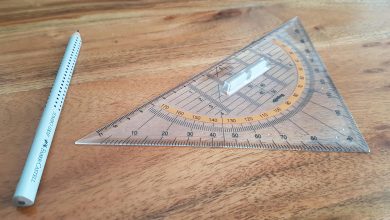The Photoelectric Effect: Everything That You Ought To Know Now

The Photoelectric effect, a fundamental phenomenon in physics, has intrigued scientists for centuries.
It laid the groundwork for our understanding of quantum mechanics and revolutionized our perception of light.
In this article, we will delve into the intricacies of the Photoelectric effect, exploring its definition, key principles, and practical applications.
So, let’s embark on this enlightening journey into the fascinating world of the Photoelectric effect.
Understanding the Photoelectric Effect:
The Photoelectric effect is the phenomenon where the surface of a metal expels electrons upon exposure to light, and these expelled electrons are known as photoelectrons.
Notably, both the emission of photoelectrons and their kinetic energy are contingent on the frequency of the incident light.
This process, wherein light triggers the release of photoelectrons from the metal surface, is commonly denoted as photoemission.
For particle energy, the formula “E=hf” is used where, E stands for energy, h represents Planck’s constant and f stands for frequency.
This phenomenon is significant because it challenges the classical wave theory of light and paves the way for the development of quantum mechanics.
Key Principles of the Photoelectric Effect:
The Photoelectric effect exhibits a remarkable feature: electrons are only emitted when the incoming light exceeds a specific frequency known as the threshold frequency.
Below this threshold, no electrons are emitted, regardless of the intensity of the incident light.
The threshold frequency depends on the material’s characteristics and can vary from one substance to another.
The Photoelectric effect supports the particle-like behavior of light, as proposed by Albert Einstein.
Light is composed of tiny packets of energy called photons.
When a photon strikes the surface of a material, it transfers its energy to an electron, enabling it to escape the atomic structure and become a free electron.
According to the law of conservation of energy, the total energy of a system remains constant.
In the Photoelectric effect, the energy of the incident photon is divided between the emitted electron’s kinetic energy and its work function (the minimum energy required for an electron to escape the material).
This principle demonstrates the relationship between the frequency and energy of the incident light and the kinetic energy of the emitted electrons.
Practical Applications:
The Photoelectric effect has found numerous practical applications across various fields:
Solar cells, widely used for harnessing solar energy, operate based on the Photoelectric effect. When sunlight strikes the solar cell’s surface, it causes the release of electrons, generating an electric current.
Photocells, or photodiodes, utilize the Photoelectric effect to convert light into electrical signals. They are commonly used in light sensors, optical communication systems, and electronic devices like cameras.
In electron microscopy, the Photoelectric effect is employed to generate high-resolution images.
The emission of photoelectrons enables the formation of detailed images, allowing scientists to examine structures at the atomic level.
Photoelectric effect: Everything you must know
The Photoelectric effect serves as a cornerstone in the understanding of light and quantum mechanics.
By unraveling the principles behind this phenomenon, scientists have advanced our knowledge of the dual nature of light and the behavior of electrons.
With practical applications ranging from solar energy to high-resolution imaging, the Photoelectric effect continues to shape technological advancements in various domains.
So next time you encounter the flicker of a lightbulb or admire the beauty of a solar-powered device, remember the captivating science behind the Photoelectric effect that makes it all possible.




